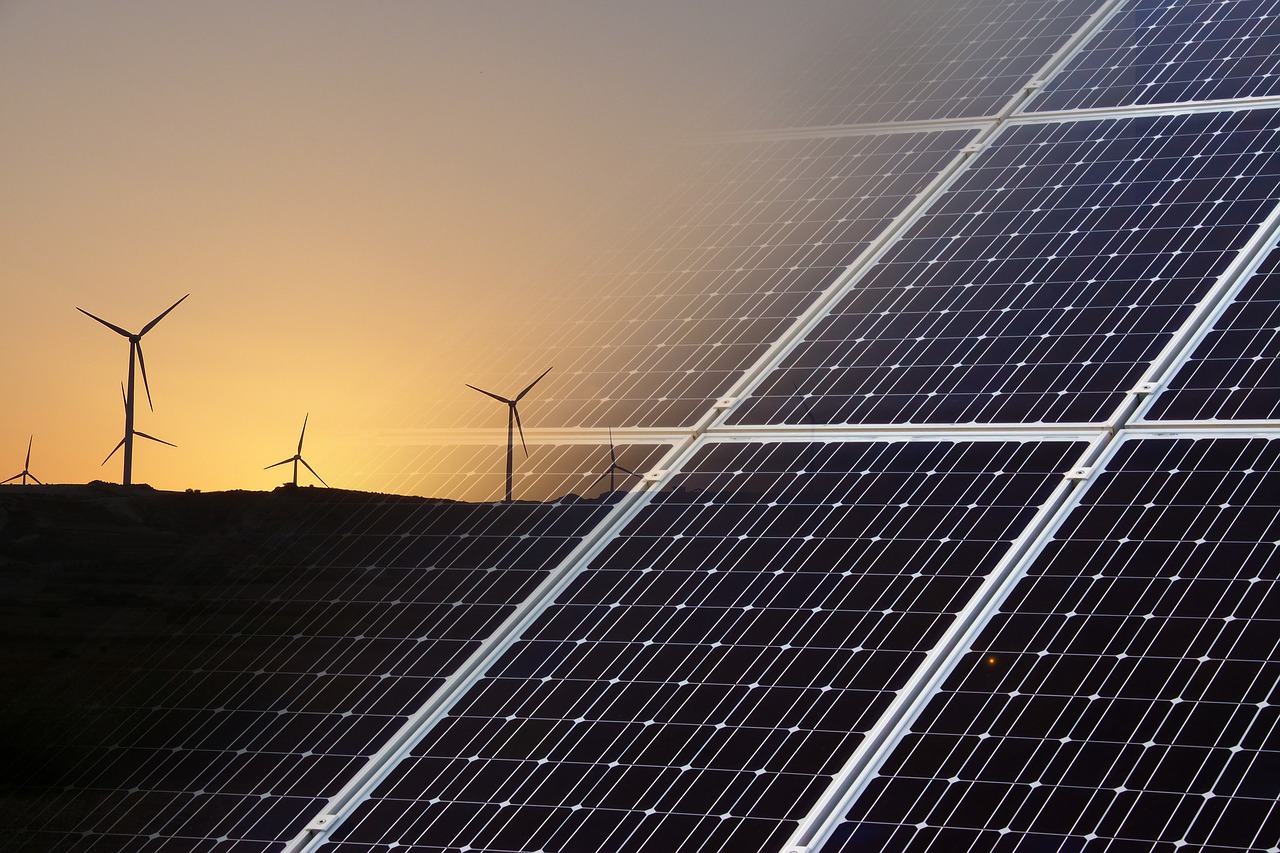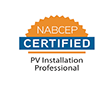Have you ever wondered how solar energy is actually generated? If you’re considering a solar system installation, it’s probably a question that pops up frequently. Knowing how this renewable energy source is created explains why some of the finer details (i.e., orientation, shade, location) make a difference.
To better understand how solar power is produced, we’ve broken down the various parts of a solar system. Read on for more information about each part and its role in generating solar energy.
Roof System
Typically, solar panels are placed on the roof where they can get enough sunlight. The best roofs are in good condition and receive excellent sunlight, particularly during the hours of 9am-3pm. A south-facing installation is ideal as well. Trees or other elements that block the roof will affect solar production, but generally it’s not significant. With today’s technology, nearly all roofs are suitable candidates for solar panels.
Solar Panels
Solar panels contain photovoltaic cells that are made from silicon. These cells turn sunlight into electricity rather than heat. To do this, the cells have a positive and negative film that is placed under the glass. When the sun beats down, photons knock off the electrons, and the negatively-charged free electrons stick to one side of the silicon cell. This creates an electric voltage that is collected and turned into energy.
Inverter
The inverter is typically placed in a location that is easy to reach and nearby the modules. The role of the inverter is to convert DC (direct current) energy into AC (alternating current) so it can be used in the home. To make this happen, the inverter is connected directly into a circuit breaker in the electrical panel.
Net Meter
Your solar system will also be tied into the utility grid. This way, when surplus power is generated, it can be transferred and stored to the grid, something called “net metering”. This lets people offset the cost of power and use excess energy later on. On-grid solar-powered systems account for nearly all of solar power systems in use today.
It’s quite amazing how a few solar panels can turn fresh sunlight into usable electricity. By transitioning to this clean, renewable energy, you can enjoy lowered utility bills, a smaller carbon footprint and a stronger American economy.












